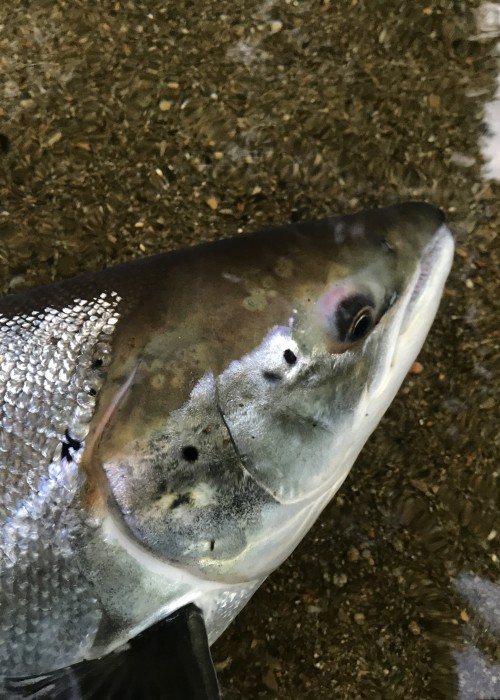
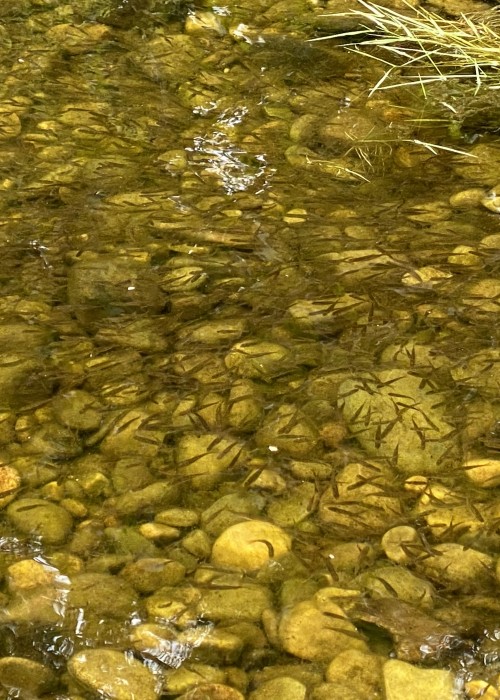
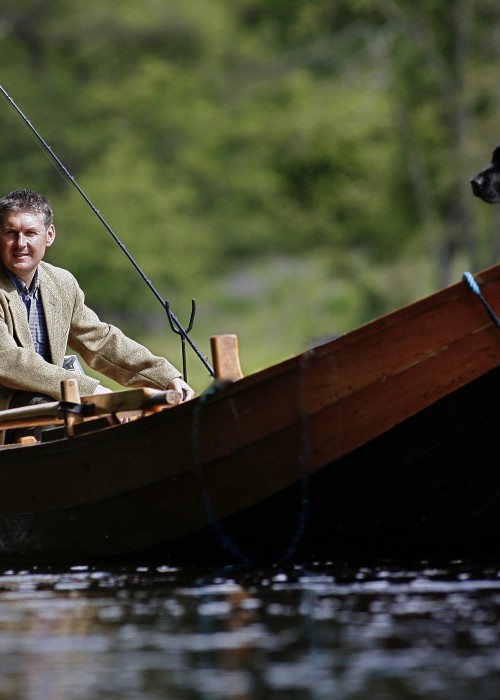
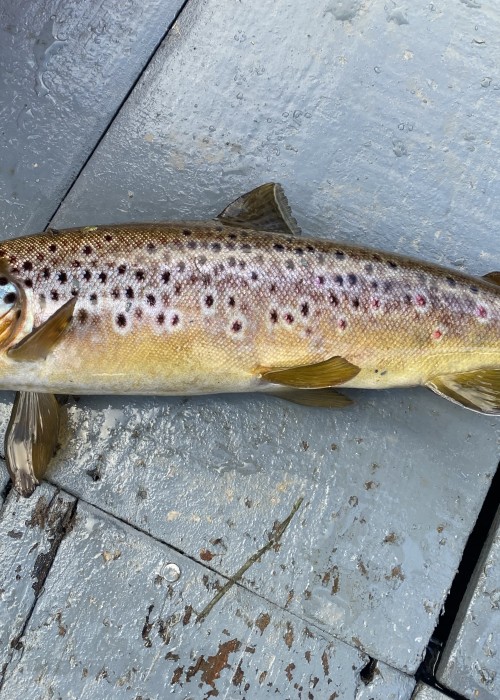
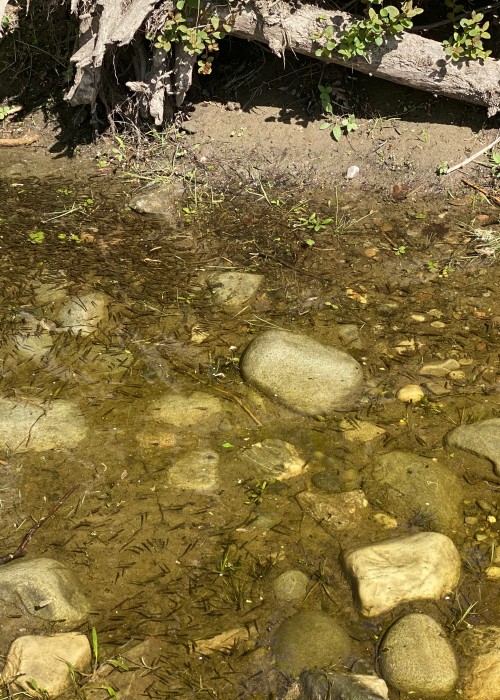
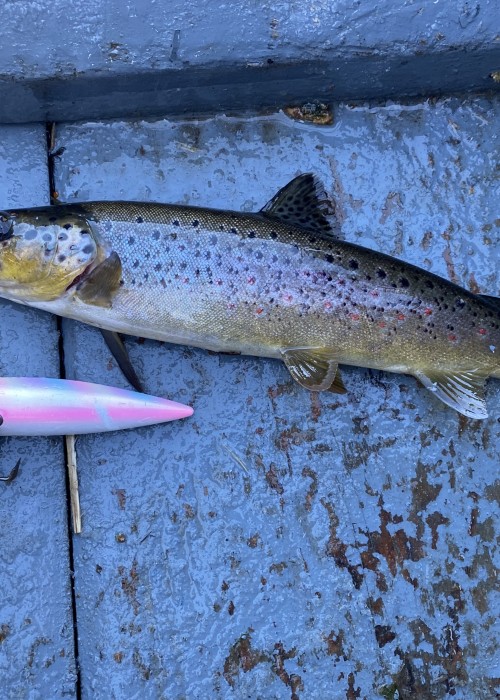
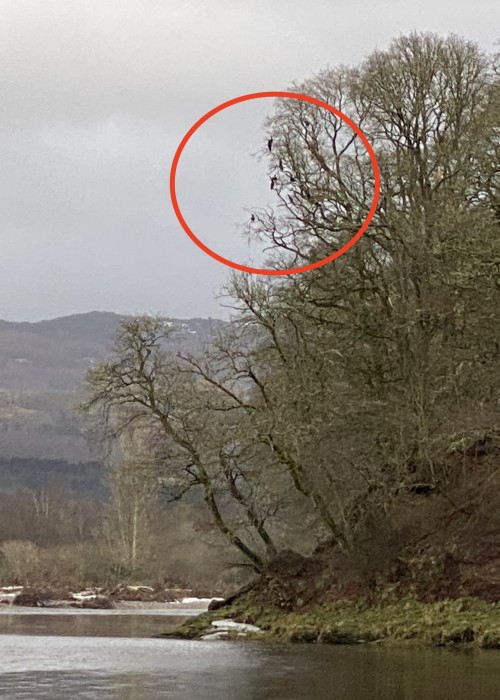
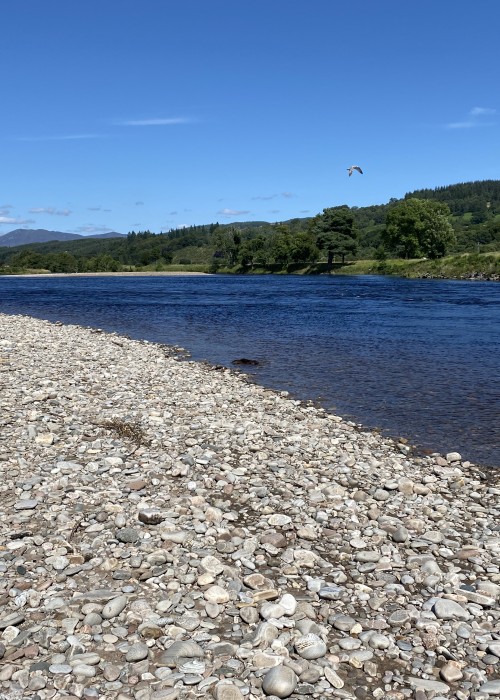

Here's a few personal thoughts on how to restore wild Scottish salmon stocks back to their pre-mid 1980's former glory and why this is fairly achievable if these effective actions are taken now.
With the recent Government closure of many of the famous Norwegian salmon rivers I feel it's more important now than ever that a multiple pronged simultaneous corrective measures effort is taken and successfully concluded over the next 60 months so that this type of river closure catastrophe doesn't ever occur here in Scotland. I hope the Norwegian river closures are only a temporary measure until more conservation minded fishing rules are implemented as this recent action is a tragedy for many Norwegian fishers, business owners and fishing trip providers.
In the recent social media comments regarding the current Norway situation I still see anglers discussing as to whether or not 'Catch & Release' is effective. This is like a failed IQ test as logically the destruction of any brood stock in a salmon fishery that's struggling cannot do any good on the 'fool proof' fact that dead salmon do not reproduce. While I fully undertand the annoyance levels from anglers who once used to enjoy the taste of one of God's finest food sources (myself included) it defies logic that killing any remaining fish that have survived the perils of what Atlantic salmon have to endure is a highly inappropriate thing to do and especially when basic brood stock levels are low. Having successfully lobbied personally on the River Tay 20 years ago to force a fairly complacent fishery board into tightening up their 'Catch & Release' policy (which nearly cost me my job at the time) I believe 'Catch & Release' is essential as a basic brood stock preservation measure until additional effective measures are brought in to re-populate a salmon fishery. A the time I pressed for this sensible measure the return rate for Spring salmon on the Tay was only 18% which was completely unsustainable as the Tay was already experiencing diminishing Spring salmon runs back then. This type of salmon killing practice has continued on the Norwegian rivers over the last 2 decades and I recently read a report that Norwegian salmon anglers had killed approx 80% of the already poor catch returns reported this year.
In addition to the above I don't believe 'Catch & Release' should be anything more than an emergency precautionary measure which if taken is also a fantastic indicator as to the effectiveness of any individual river's management history. The Atlantic salmon is indeed an 'indicator species' not just for the ecological health of a river but also for the stock management side of things too. Many say 'Catch & Release' makes no difference but I fully disagree as it certainly buys time until a complete rethink of how to effectively manage the wild resource is then placed in the hands & control of officials who know what they are doing with proven track records in stock regeneration and not left with the current structure which often seems to have zero effectiveness on most fronts. Thankfully the Atlantic salmon is not a dodo which only laid 1 egg but for every bodyweight pound a hen salmon produces serveral hundred eggs and that's why re-building any river's wild Atlantic salmon stock shouldn't be too difficult a task if effective measures are put in place. They say the definition of insanity is keeping on doing what you're currently doing and expecting different results!
Government, Fishery Board or privately funded fishery patrol vessel(s) policing the migration routes (hugely overdue) with satellite tracking technology to spot obvious commercial raiders and doubling up for accurate ‘up to date’ real time scientific data pinpointing factual migration routes (not fictional routes to steer the salmon decline narrative away from aquaculture sea cage migration route interference) and raising awareness with commercial operators that staying clear of these zones is a respectful thing to do for the rural communities of the nations who depend on reasonable numbers of returning salmon in their rivers. The mere presence of a salmon fishery patrol vessel(s) out on the known Atlantic salmon migration routes with satellite tracking technology with the ability to identify any suspected commercial operators (and their distribution chain) should be enough to keep any commercial exploiters in check. This salmon migration route awareness raising suggestion to commercial fishing boat operators would be the soft approach which would likely have to be trialled first!
Fishery management and most of the salmon angling community, ghillies & guides are completely oblivious to the fact that the massive un-checked wild brown trout populations that exist on most Scottish rivers are the biggest predation issue that juvenile salmon face and more so than easily visible saw billed ducks & cormorants. That above article I recently wrote clearly explains (with hard evidence) why the lower reaches of most Scottish rivers enjoy a much bigger build up of returning adult salmon through the Autumn months and not the middle or upper reaches by comparision. Allow the trout fishers to use the natural minnow (or light spinner) again to thin out & properly manage these massive brown trout populations that primarily feed and decimate juvenile salmon at all stages of their development. Liaise with all ghillies to explore and educate (where necessary) how much damage excessive brown trout can do to juvenile salmon stocks and demonstrate effective traditional predation control methods (if required). This issue is the single most important in-river fact that massively effects outgoing salmon smolt numbers and if a beat ghillie isn't taking this seriously he should try to re-align his own enthusiasm levels to re-gain the passion to attend to this unchecked 'decades old' and largely unknown 'in-river' predation imbalance issue.
There's still zero doubt in my mind from what I've witnessed recently that there's still a colossal number of saw billed ducks and cormorants residing on many Scottish salmon rivers and especially the River Tay. I know licences are granted for the removal of a certain number of these highly destructive fish eating birds each year but from what I see these cull licences only scratch the surface of the problem. Mergansers & goosanders are 'non native' birds that were introduced as ornamental ducks during Victorian times before naturalising on the rivers of Great Britian. They are also fast flyers and exceptionally good parents! When these adults feel threatened their brood of ducklings can virtually vanish into thin air! The RSPB is indeed an important super power but why can't they understand that salmon are high on the diet list of many 'native' species of birds like kingfishers & ospreys and on the 'native' mammal side of thing our beautiful wild 'native' otters are dependend on salmon too. Surely the RSPB can understand that our 'native' wild Atlantic salmon that are now on the endangered species list simply have to take precedence over exploding populations of these highly destructive 'non native' fish eating birds!
Natural gravel spawning redd re-creation or enhancement techniques in partnership with SEPA, RRC & SNH on all salmon beats to offset the blatently 'obvious' riverbed sedimentation issues in the Scottish rivers from commercial forestry drainage run off which has been gradually reducing the quality of salmon spawning gravels over the last 50+ years on most Scottish rivers. A salmon redd needs to be several inches in depth to properly incubate and protect the eggs. Over the last 70 years commercial forestation practices have impacted our hills & glens and any sedimentation displacement issues on high ground 'always' repeat 'always' impacts the riverbeds. This unchecked decades old issue I 100% believe (along with the effects of hyrdo dams on some rivers) has impacted and reduced the quality of riverbed spawning gravels equating to a far higher loss of salmon eggs than what would have ocurred in previous centuries! Most anglers & officials are brainwashed into thinking it's only about water quality but this is why this area of 'river husbandry' has never been properly looked into or rectified in recent times. Go prod about with a wading stick on the riverbed in known spawing areas and you'll see for yourself in most areas there are indeed hard compacted gravel substrates an inch or two under the surface gravel. Having all Scottish professional beat ghillies obsessed with keeping their own beat's spawning beds in good order each season will obviously assist with recreating the huge shoals of salmon fry in the river margins like what we used to see up until the 70’s & early 80’s and this common sense traditional salmon beat 'river husbandry' practice doesn't obviously involve huge financial outlays to action! Take this to a level whereby beat ghillies are highly effective at their own 'river husbandry' and proud to show off their colossal shoals of salmon fry each year to their visiting salmon fishing guests. To the best of my knowledge this simple traditional gravel raking technique hasn't been conducted on the Scottish rivers for 5+ decades but once formed an important part of each dedicated Scottish salmon beat ghillie's annual tasks.
Target the release of 2,000,000 genetically intact 'wild ranched' smolts each year (from each major river catchment area) via micro hatcheries and stealth shadow them from late Spring with RFID technology to and from the feeding grounds for protection & science. Ideally a super smolt ranching fascility funded by the Scottish Government or fishery boards would be ideal where any river could have their respective salmon eggs reared and fed on to 'sea ready' smolt stage but that's unlikely to occur so micro hatcheries would be a viable alternative for salmon beat estates to fund, manage and contol for the benefit of their own fisheries. Large scale smolt ranching is not a new concept as it's been successfully implemented for over 100 years in various nations but one that seems to be continually ignored in Scotland.
Liaise with aquaculture bosses to find 'common ground' for mutual benefits for wild stock and farmed stock co-existence (i.e moving the sea cages ‘off’ known migration routes). Land basing commercial fish farms would go a long way to assisting with the regeneration of wild salmon & sea trout stocks however you need to remember that this is big business so a tactful working relationship needs to be formed and developed. Finding 'common ground' and working together with these big global organisations is paramount as picking fights with them is never going to gain progress. Aquaculture needs to prove to their millions of consumers that they are indeed producing a clean healthy product that hasn't damaged delicate sea loch ecologies etc so I'd say there's equally as much benefit for them as there is for the wild Atlantic salmon and those who depend on sustainable wild salmon stocks. Having a spokesman with a functional mind and top people skills to form a working relationship at senior level within the aquaculure industry where ongoing positive dialogue and mutual support of one another's objectives is the only sensible way forward.